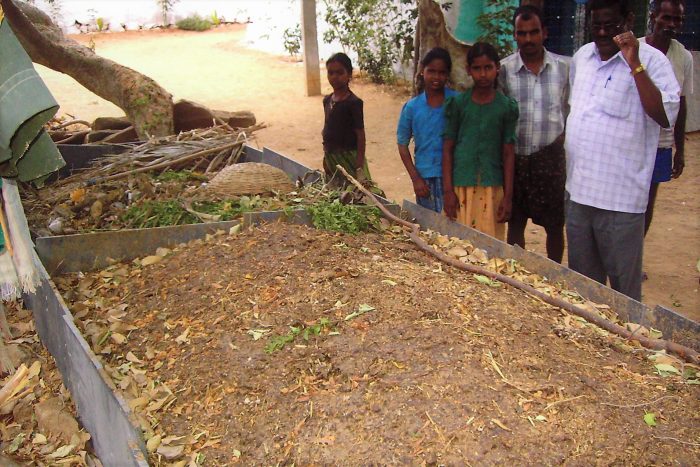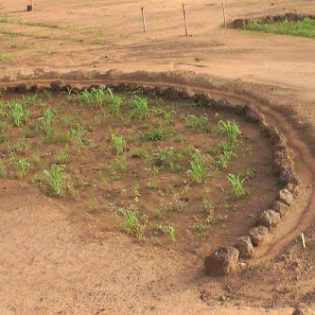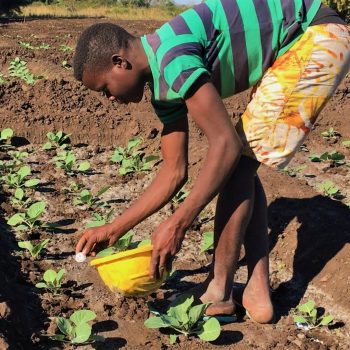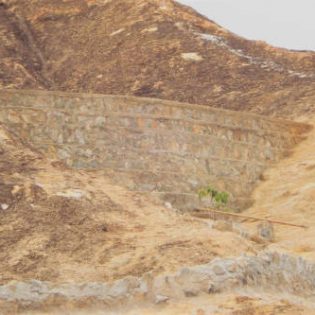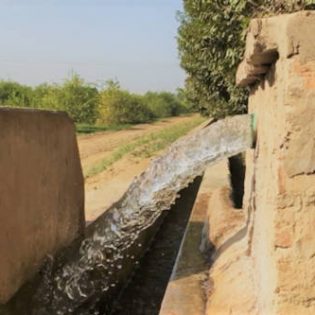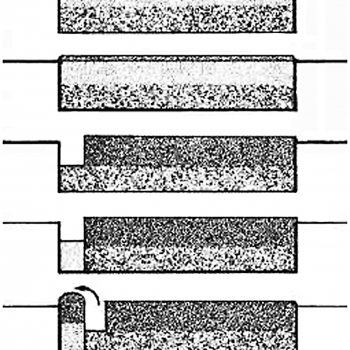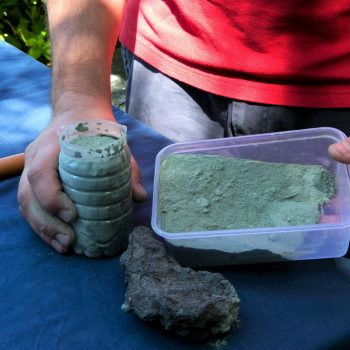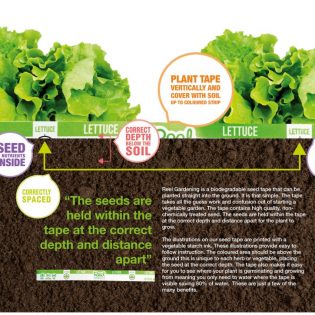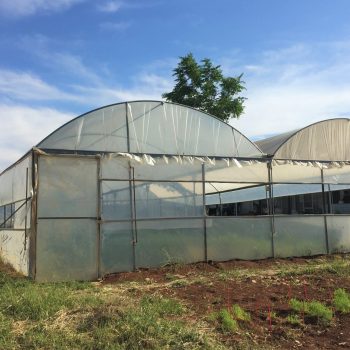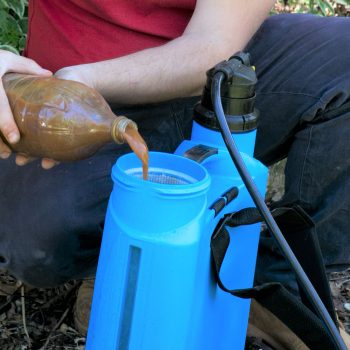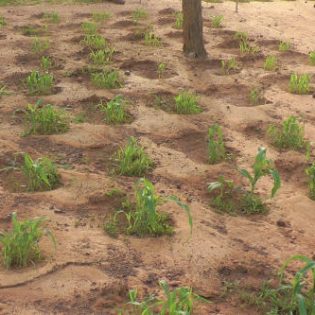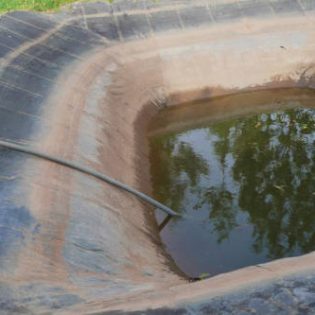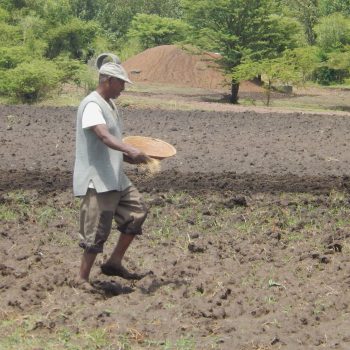| Many useful invertebrate species live under our feet and pass unnoticed until the soil is exposed and they are brought to the surface. Termites, earthworms and sowbugs are some of the best-known examples. What is less known is the positive effect that they have on the soil (aggregate stability) and the capacity to store moisture. Invertebrates do so as they loosen up and mix the soil, reinvigorating the structure (more aggregation: mix of micro-, meso-, and macropores) creating more aeration and stimulating plant root development. Many invertebrates, also through their constant burrowing activities, improve and maintain the infiltration capacity of the soil and ensure that runoff continues to be absorbed, soil is not ‘clogged’ and crop production is increased.
To ensure vertebrates can play their part in soils (particularly in dry-humid and humid environments) it is important to consider the tillage tools and methods. Heavy machinery and severe soil disturbance by means of (deep)ploughing will induce compaction and dehydration respectively; with both conditions least preferred by invertebrates. Minimal and zero tillage practices are some of the means to reduce soil disturbance and maintain better soil conditions for invertebrates. Sowbugs In floodwater spreading systems, ie. spate-irrigated areas, sowbugs (naturally present) can increase aggregate stability constituting an environmentally sound and a financially viable method of lengthening the economic life of soils and the artificial recharge of groundwater systems (Rahbar et al., 2015). Termites: Termites build mound-shaped nests that are a common sight in arid and semi-arid regions of East Africa. There are many kinds of termites, and although only a few of them are plant pests, farmers often consider all of them to be a plague. Nevertheless, the termite’s activity is a positive influence on soil’s physical properties, with their tunnelling enhancing porosity and lowering soil bulk density. This leads to improved water infiltration. Additionally, mound nests are constructed with fine soil particles brought to the surface by termite activity. These fine particles often have a high nutrient concentration thanks to termites’ feeding habits. The mounds can be used as soil amendment. They are destroyed and the resulting material ploughed into the soil (Okwakol & Sekamatte, 2007). The main constraint to the utility of termites is the slow growth of the nest and the large amount of termite soil needed to fertilize land. A sustainable way of managing this involves using only a portion of the termite nest to allow for its regeneration (Miyagawa et al., 2011). Earthworms: Earthworms ingest organic matter and transform it into nutrient-rich material. Their activity (be it in more moist environments) can increase soil structure stability and the storage of soil C and N (Ketterings et al., 1997). Earthworms present in the soil should be fostered, by means of minimal soil disturbance. Separately earthworm populations can be used in vermi-composting. This is the practice of using earthworms to produce high quality compost in controlled conditions. By constructing a simple worm-box it is possible to transform 1000 tons of wet organic material in 300 kg of good compost (Butterworth et al., 2003). Compost can be harvested from a typical box every 3 to 4 months (Liniger & Critchley, 2007). This vermi-compost greatly improves soil water retention capacity – besides improving soil fertility.
|
Additional information
| Agriculture | Flood/spate irrigated, Rainfed (Crop) |
|---|
